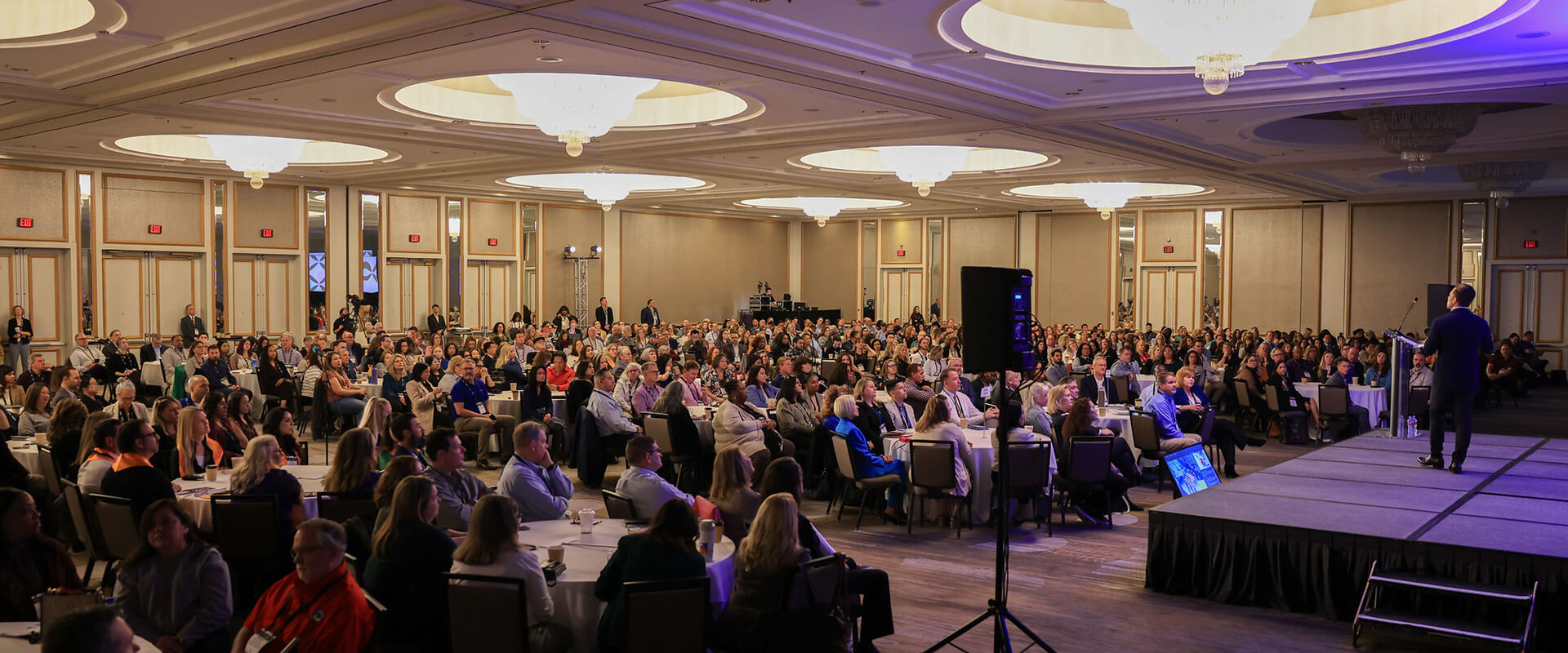From the passenger’s perspective, ride-hailing services like Uber and Lyft offer a preview of what self-driving cars are supposed to deliver. You tap the button and summon a vehicle, and it takes you to your pre-entered destination. Yes, there’s a person in there, but now you can opt for a “quiet” ride, silencing the human who just happens to be sitting in the driver’s seat.
In New York City alone, more than than 620,000 daily trips are made like this. And, from what researchers have observed, the external impacts of this surge also hint at what the autonomous future has in store. In exchange for seamless, low-cost, car-based transport, cities across the U.S. are seeing congestion worsening, public transit ridership dipping, and more vehicle-miles wearing down roads—some of the worst-case stuff that futurists predict for when hailing a robo-car is even cheaper and easier.
So, given what they already know, city officials are surely taking steps to steer us away from an all-autonomous gridlocked hellscape—right? Alas, no. According to a new study published in the Journal of the American Planning Association, very few local leaders are working to anticipate the effects of self-driving cars. And though the arrival of these vehicles en masse could still be decades away, the authors write that now is a rare window of opportunity for cities to write policies that tackle both the unwanted effects of AVs as well as other big civic challenges.










